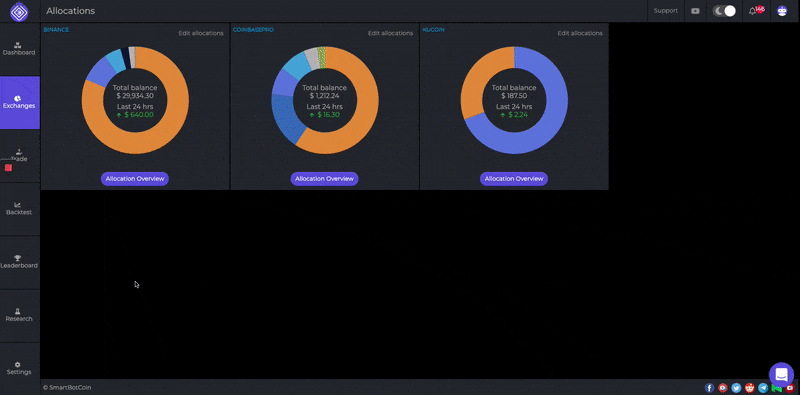
Over the past several years cryptocurrencies have experienced a massive amount of hype and volatility as accredited and retail investors all wanted a piece of the action. Cryptoassets are the newest game in town and valuation models are still evolving to bring greater stability to the market.
Traditional index funds such as the S&P 500, Dow Jones Industrial Average, NASDAQ 100, and others are comprised of the largest companies on the stock market or are selected to focus on a specific portion of the market such as real estate or financial services. Historically, a properly selected and weighted index fund has outperformed the stock market overall.
Maturation of the cryptocurrency market has resulted in many strategies from traditional investing to be applied to this new class of digital assets. Cryptocurrency index funds have begun to emerge in greater numbers over the past 12-18 months.
Benefits of Crypto Index Funds
When it comes to any investment strategy, diversity is always a key component of any well-positioned portfolio. Investors want to avoid risk while increasing profits on their capital. Diversification is the most proven strategy when making any kind of investment. A properly constructed crypto index fund will spread out your capital amongst the best performing tokens and insure that you do not miss the boat on positive movement when Ethereum gets a nice bump because you were going all in on Bitcoin.
Simplicity is another key attribute of index funds in general. When trading or investing in individual cryptoassets, investors are usually doing quite a bit of research to determine when to buy how much of a certain asset. The beauty of any index fund is that once you make the investment there is very little daily management that needs to take place. Some periodic rebalancing of the account may need to take place, but that is about it.
How to Purchase Crypto Index Funds
Many investment vehicles like this are only available to accredited investors who made over $200,000 the past 2 years or have a net worth of more than $1,000,000. There have been some newer versions of index funds or bundles that have been made available to retail investors.
Coinbase has a feature that allows users to purchase 5 crypto currencies in one transaction. The amount of each a buyer receives is determined by the weighted market cap when purchased. Someone new to crypto can purchase as little as $25 of the bundle. There are several other options available for retail investors that allow them to easily complete transactions without being accredited.
Build your own Crypto Index Fund with Capfolio
Whether you are an accredited investor or a retail investor just getting started with cryptocurrencies, you may want to create your own method of purchasing and managing your portfolio on an individual basis. Capfolio allows you to build your own Index Fund that manages all the necessary trades automatically with your linked exchange account.
Lower volume cryptocurrencies tend to be much more volatile than those in the top 10-20 listed by market capitalization. Choosing these assets to be a part of a crypto index fund would mirror the stability that professional fund managers seek when making their selections. This is a good place to start when building your own crypto index fund to have proper diversity and simplicity. Don’t overthink it or reinvent the wheel.
Setting up your own cryptocurrency index in Capfolio:
Go to the Allocation Overview page for the exchange you want to create the index.
Click on Actions and then Edit
Select assets from the Asset selector dropdown. You can even choose Top 5, Top 10, Top 15 Market Cap buttons to auto populate those assets. There is also an Equal Distribution button that equally distributes allocation between the selected assets.
Once done, ensure that you have entered the desired allocation percentage for the index and hit Save Allocations.

